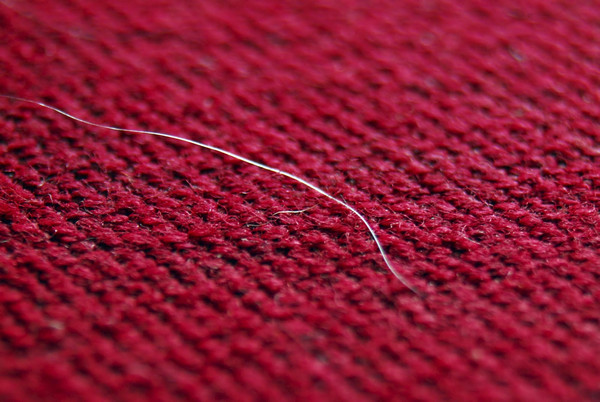Investigating the Effect of Different Variables on Flat Abrasion Test Results
Plane wear tests are commonly used to evaluate the friction and wear resistance of different materials or coatings. There are many variables involved in conducting a flat wear test that may have an impact on the test results. The following are some of the variables that may affect the results of a flat wear test:
1. material: physical and chemical properties of the material such as hardness, strength, toughness, crystalline grain size, etc. may affect the wear test results.
2. Coating: The type, thickness, structure, and composition of the coating may also affect the test results.
3. Friction: The material, shape, surface roughness, lubrication, etc. of the friction pair may also affect the test results.

4. Load: The load size, load mode, load period, etc. during the test will also affect the test results.
5. environmental conditions: temperature, humidity, atmosphere, etc. in the test environment may also affect the test results.
6. test parameters: test parameters such as test time, speed, distance, number of reciprocations, etc. may also affect the test results.
In order to study the effect of these variables on the results of plane wear tests, a systematic experimental design and data analysis is required. Methods such as orthogonal tests can be used to design the test program, and statistical analysis methods such as ANOVA can be performed to determine the degree of influence of each variable on the test results.

